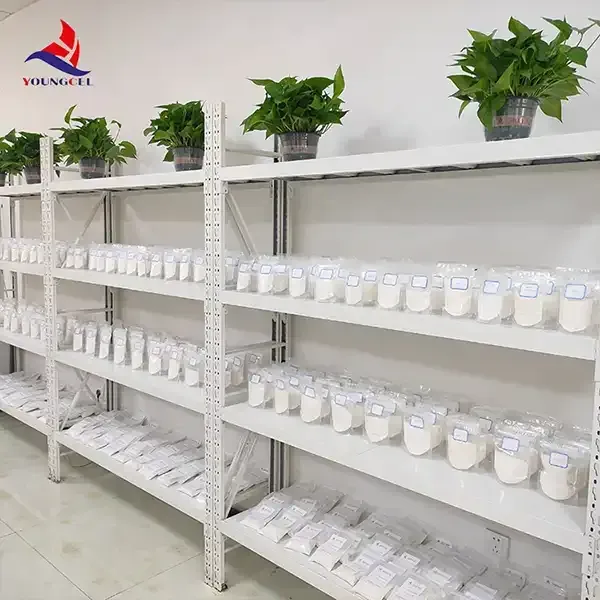HEC Cellulose An Overview of Hydroxyethyl Cellulose
Hydroxyethyl cellulose (HEC) is a non-ionic, water-soluble polymer derived from cellulose, a naturally occurring polysaccharide found in the cell walls of plants. It has become an essential component in various industrial applications due to its remarkable properties, such as thickening, gelling, and film-forming capabilities. This article delves into the characteristics, applications, and benefits of HEC cellulose.
The synthesis of HEC involves the etherification of cellulose, wherein ethylene oxide is reacted with hydroxyl groups of cellulose chains. This process introduces hydroxyethyl groups, thereby enhancing the solubility of cellulose in water. The resulting HEC possesses varying degrees of polymerization and substitution, which can be tailored to meet specific industrial requirements. This versatility makes HEC an invaluable additive in numerous formulations.
HEC Cellulose An Overview of Hydroxyethyl Cellulose
In the pharmaceutical sector, HEC is favored for its excellent gel-forming properties. It is commonly used in ocular formulations, topical gels, and drug delivery systems. Its biocompatibility and safety make it an attractive choice for stabilizing emulsions and suspensions, ensuring a uniform distribution of active ingredients. Additionally, HEC is used as a binder in tablet formulations, promoting cohesive properties and facilitating controlled release.
hec cellulose

Cosmetics and personal care products also benefit significantly from the inclusion of HEC. Its thickening properties enhance the texture and stability of formulations, from lotions to shampoos. HEC helps to create a pleasant sensory experience for consumers by providing a smooth and non-greasy feel. Additionally, in hair care products, it aids in providing improved manageability and hold without weighing hair down.
Moreover, HEC plays a crucial role in the food industry as a food additive. It is utilized as a stabilizer, thickener, and emulsifier in products such as sauces, dressings, and dairy products. Its ability to retain moisture and provide a desirable mouthfeel is particularly valued in consumer preferences.
In terms of sustainability, HEC is derived from natural cellulose sources, making it a renewable and eco-friendly alternative to synthetic polymers. As industries increasingly emphasize sustainability and the reduction of environmental impact, HEC represents a bridge between performance and ecological responsibility.
In conclusion, hydroxyethyl cellulose is a versatile, environmentally friendly polymer that finds applications across various sectors, including construction, pharmaceuticals, cosmetics, and food. Its unique properties, along with its renewable nature, solidify HEC's position as a vital ingredient in many modern formulations, demonstrating the importance of harnessing natural resources for innovative solutions.




